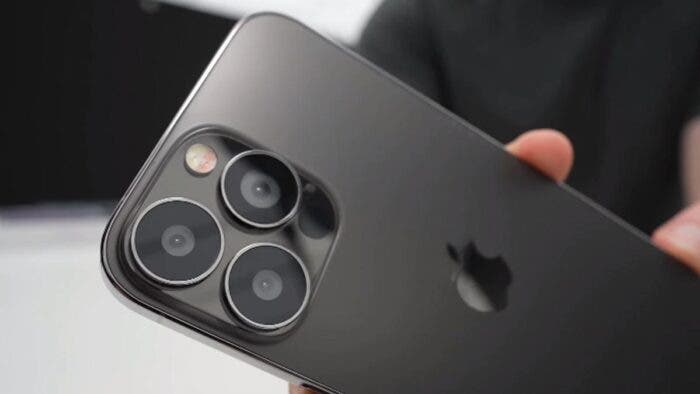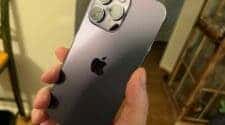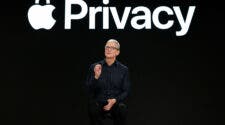In about a week, Apple’s latest flagship, iPhone 13 series will be official. So far, there has been numerous information about this series including its colour options. Although there are indeed surprises like the inclusion of a 120Hz refresh rate, there is a couple of information that users should know. Unfortunately, there are some points about the Apple iPhone 13 series that may discourage potential buyers.
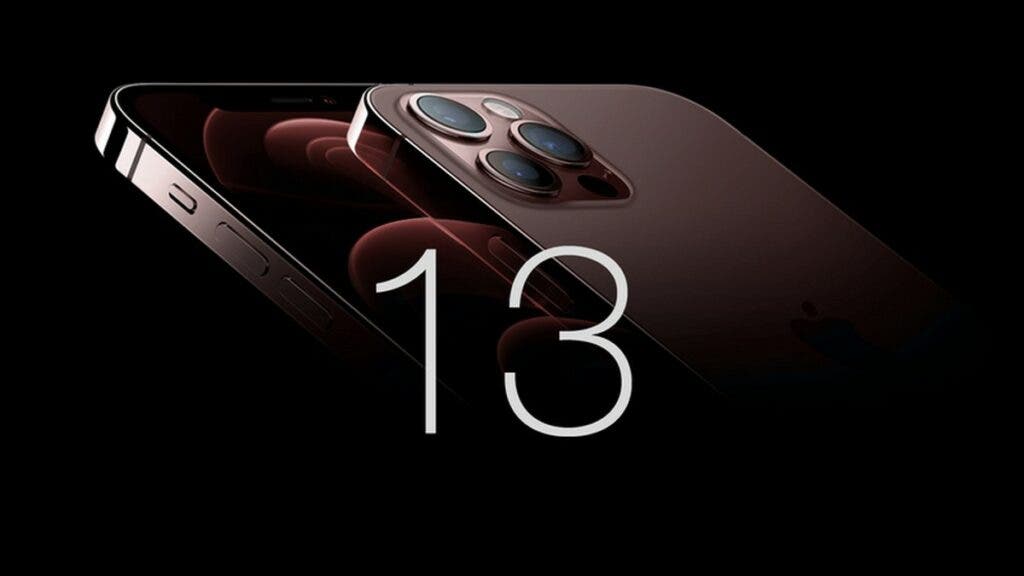
1. Screen Refresh Rate
Over the past few years, Android flagship smartphones have been using a 120Hz refresh rate display. Unfortunately, the iPhone 12 still comes with the old 60Hz refresh rate. Thankfully, the iPhone 13 series will come with a 120Hz refresh rate but there is a catch. Only the iPhone 13 Pro Max will support up to a 120Hz refresh rate. The rest of the series will continue to use the regular old 60Hz refresh rate display.
The screen refresh rate has always been an important criterion for measuring the quality of a mobile phone screen. Simply put, the higher the refresh rate, the more frames can be displayed in 1 second. Sometimes, you may observe that the display on the demo video of a new TV is more immersive than the TV you watch at home. This is because the frame rate of the demo video is higher. Similarly, the higher the refresh rate of the smartphone, the smoother it will be when using it, providing users with a better visual experience and reducing eye fatigue.
A high screen refresh rate is currently a feature that almost every Android phone has. As early as 2017, Sharp released the Sharp AQUOS R that supports a 120Hz refresh rate. In 2019, Android had the OnePlus 7 with 90Hz screen refresh rate. At present, the screen refresh rate of Android flagships is basically 120Hz. The highest, Nubia Red Magic 6 Pro can even reach as high as 165Hz, and the screen is smooth and has no smear.
But looking back at the iPhone, it has always been a point of regret for fans. This time the iPhone 13 series is finally going to have a 120Hz refresh rate but then tragedy struck. Only the Pro Max model will have this feature.
To sum up, although the iPhone 13 series is the first in the series to be equipped with a 120Hz high refresh rate, there are still some shortcomings. Only the Pro Max model will have the feature and its 3095 mAh battery may not deliver enough power for a 120Hz display.
2. Design remains the same – just a smaller notch
After the official launch of the iPhone 12 series, complaints about its “notch”-style front camera module continued. The look and feel of a large black bar above the display is not good. On the other hand, in the Android camp, in recent years, the front camera module of mobile phones has gradually evolved from a notch screen to a waterdrop screen, a pop-up, and most recently, an under-screen camera. The screen-to-body ratio is getting higher, and the sense of unity on the front of the phone is getting more fulfilling.
Before the release of the iPhone 13, there was a lot of demand to change the notch design. In the first half of this year, there was even news that Apple would use the under-screen cameras. Unfortunately, the current mainstream reports still believe that the iPhone 13 will continue the notch design. The only difference is that the notch will be significantly smaller than its predecessor.
Gizchina News of the week
From the leaks and speculations so far, the iPhone 13 notch is smaller. However, this is not entirely enough for a 2021 flagship series. Apple has been using the notch design since the 2017 iPhone X. This shows that there has been no upgrade in the display design for three years. If we add the iPhone 13 series, the display design remains technically the same for four years. In contrast, within these four years, the Android camp has over four solutions.
The “FaceID” function brought by the dot-matrix projector, infrared lens, and the front camera lens is indeed very practical. However, the microphone, ambient light sensor, and other components do not need to be integrated on the top at all.
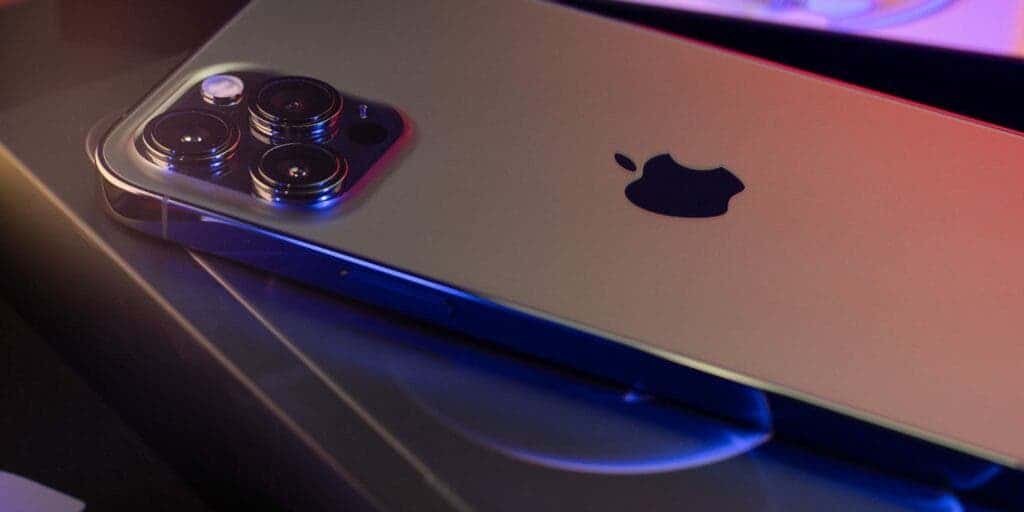
3. Fast charging capacity, only 25W – Apple is too cautious
As early as 2014, Oppo Find 7 series adopted its exclusive VOOC flash charging technology for the first time. The output of the charger increased to the level of 5V 4.5A, and it took less than half an hour to charge the phone to about 70%. In the current Android smartphone market, it has become the norm for flagship phones of various brands to use 67W fast charging and above fast. The Xiaomi Mi MIX 4 comes with a 120W wired charging + 50W wireless flash charging configuration. This smartphone gets a full charge of its 4500 mAh battery in 15 minutes. The wireless charging gives a full charge in 28 minutes.
On the iPhone side, its “fast” charging capacity is still at the lowest end. The iPhone 12 series only supports 20W charging. For environmental protection considerations, Apple does not send charging heads to users. After buying the iPhone 12, users have to go to Apple’s official website to spend extra for the charging head.
However, the iPhone 13 will increase the battery capacity and fast charging rating. The battery capacity of the iPhone 13 and 13 Pro could be 3095 mAh. This is less than 10% higher than the battery capacity of the iPhone 12. The iPhone 13 Pro Max will get a 4352 mAh battery but the charging power is only 25W. This is a 5W increase from the iPhone 12’s 20W charging.
In general, although the iPhone 13 series has gradually increased the battery capacity, the charging speed of 25W is not enough relative to what is currently obtainable in the smartphone market.
4. Slightly expensive
Pricing has always been a down point for iPhones. Thankfully, the company has its loyal fans that are ready to break the bank for a new iPhone. According to reports, the starting price of the iPhone 13 series is similar to the iPhone 12 series. However, the storage capacity does not have the popular 256GB option for the Pro model. For the low-end models, there is no 64GB storage option, the lowest is 128GB.
In terms of RAM, the iPhone 13 and 13 mini has 4GB capacity while the Pro models have 6GB. However, thanks to the iOS system mechanism, the impact of memory upgrades on performance is not obvious. .
Relatively speaking, Android camp models have a very wide range of options. The latest flagships have all levels of RAM as well as internal storage. This device may appear cheap on the lower end, but the iPhone 13 Pro Max will exceed $2000 which is quite expensive.
Summary
Generally speaking, although the iPhone 13 series has indeed made a couple of upgrades, it is unfortunate that only the iPhone 13 Pro Max has a 120Hz refresh rate that users are most concerned about. Potential buyers will have to look at what they really need before purchasing the iPhone 13.

